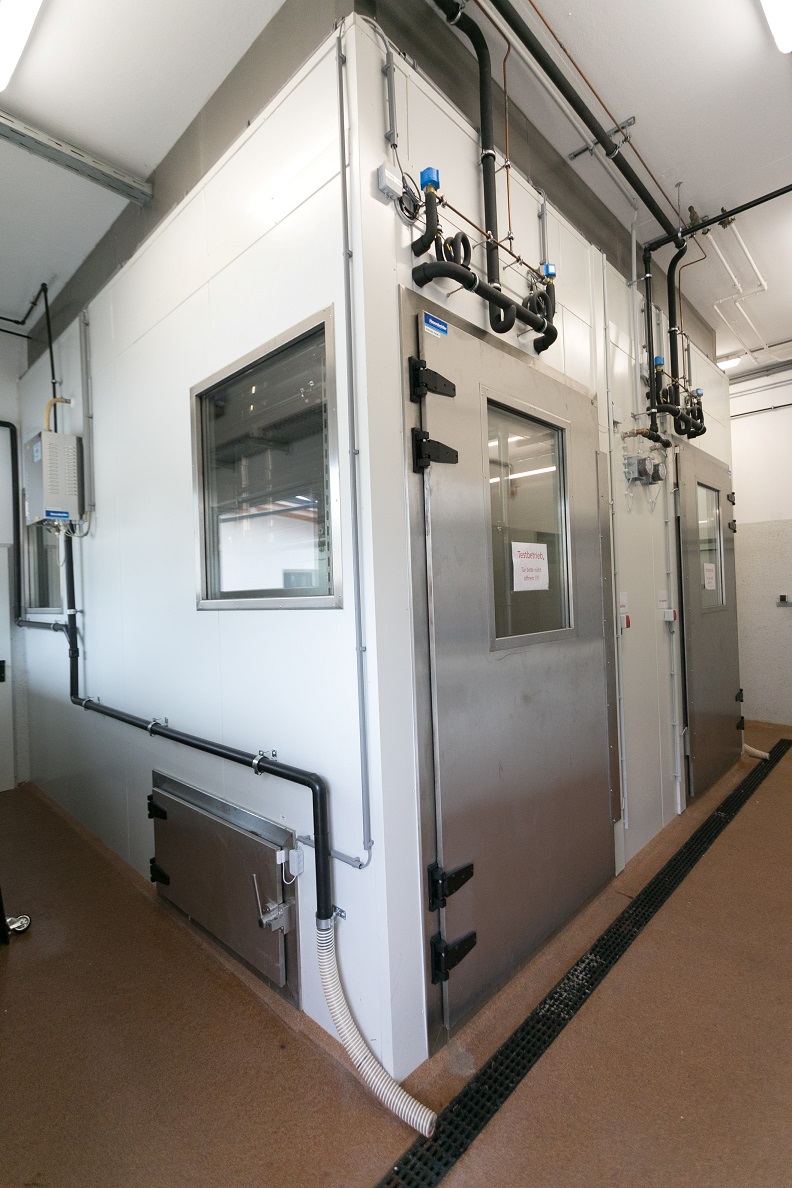An initial project (led by Dr. Georg Terler) is currently investigating the influence of genotype and feeding of dairy cows on methane emissions from dairy cows. Simmental cows and cows from three different Holstein genotypes (Holstein_High Performance, Holstein_Life Performance and Holstein_New Zealand) are used for these measurements. The cows are fed a basic feed mixture of 40% grass silage, 30% hay and 30% corn silage as well as varying amounts of concentrated feed in the ration (0 to 50% of dry matter).
The first interim results of the measurements show that the daily methane emissions per cow differed significantly between the genotypes. However, if methane production is related to milk production (g methane/kg milk), the differences between the genotypes were small. As concentrate use increased, methane production per kg of milk fell slightly, but daily methane emissions per animal increased. Further respiration measurements are currently being carried out in this project in order to obtain even more meaningful data. The final results of this project are expected to be published in spring 2021.






